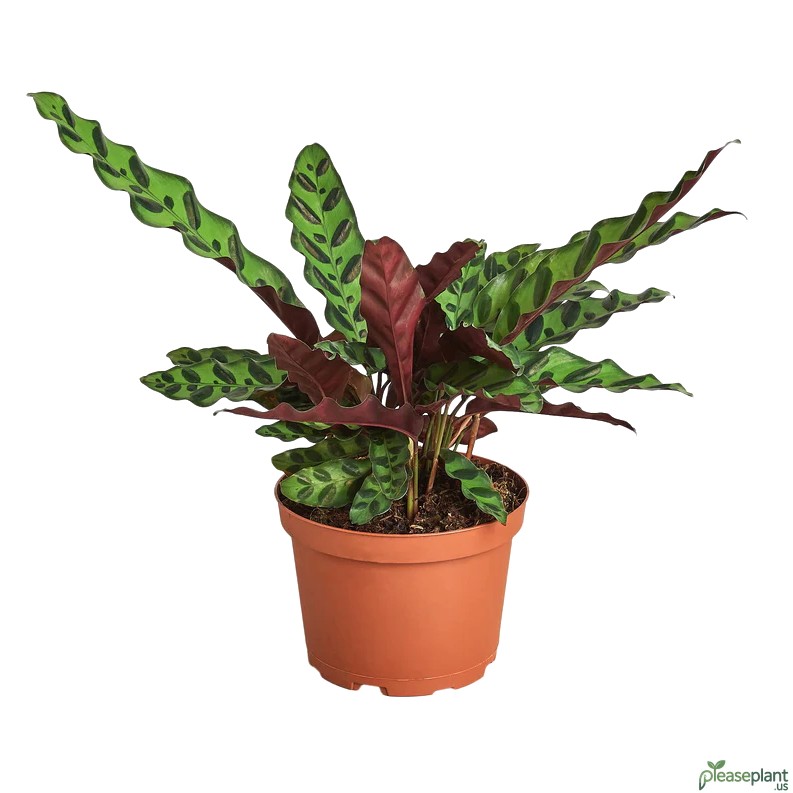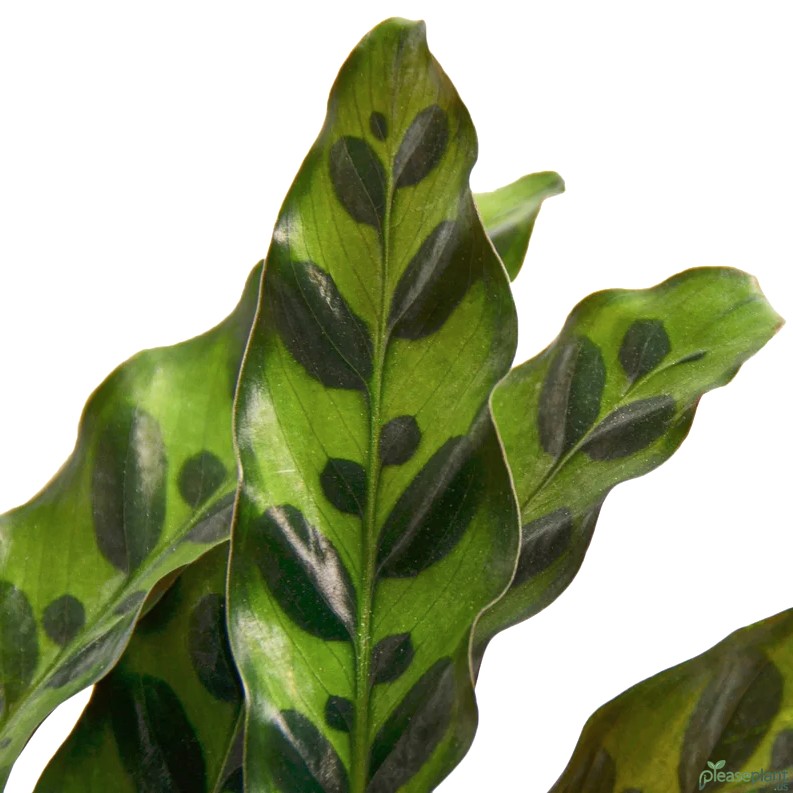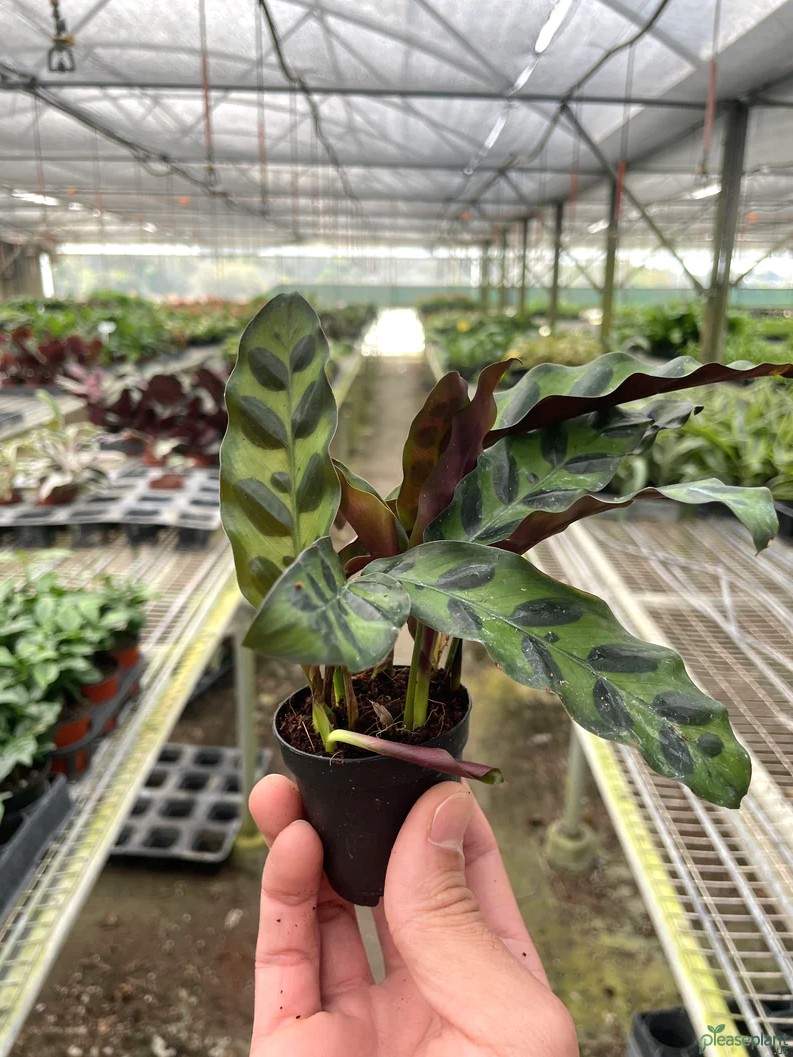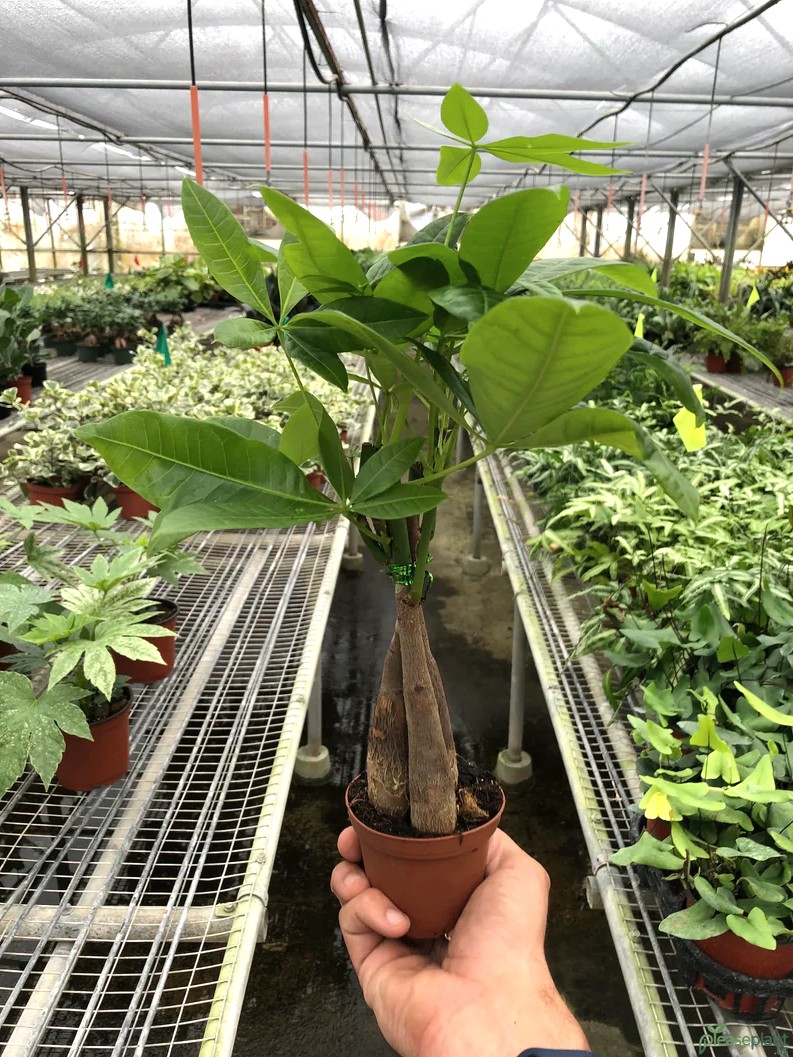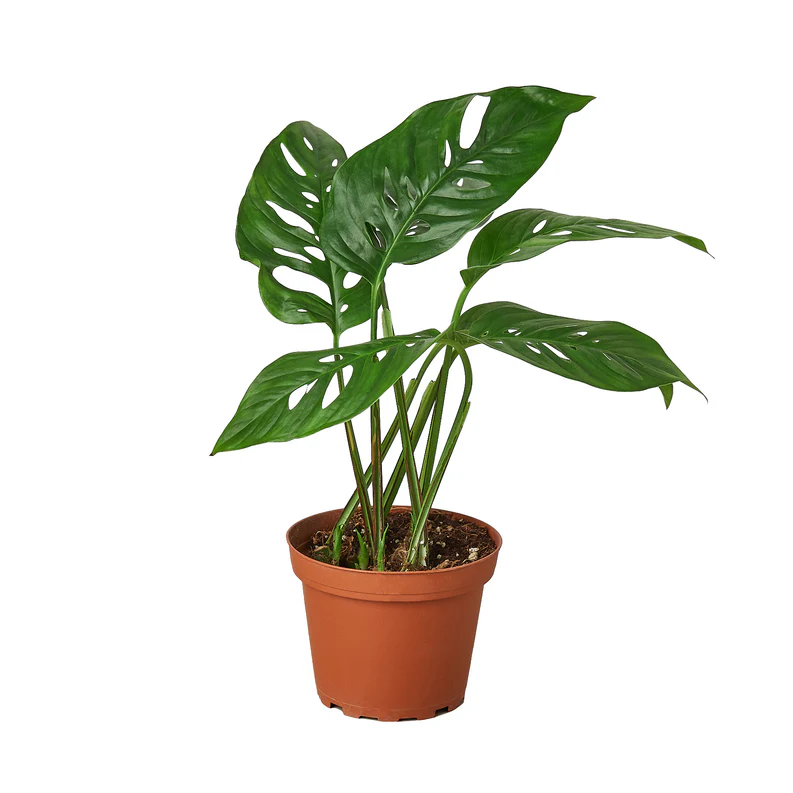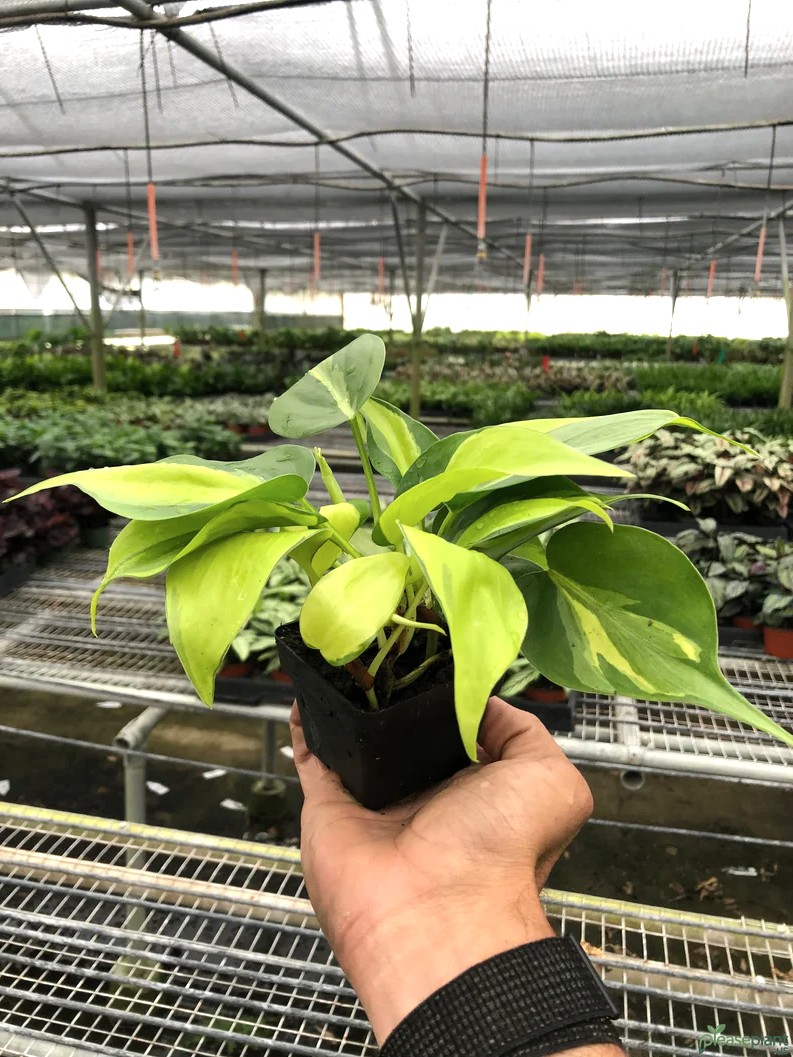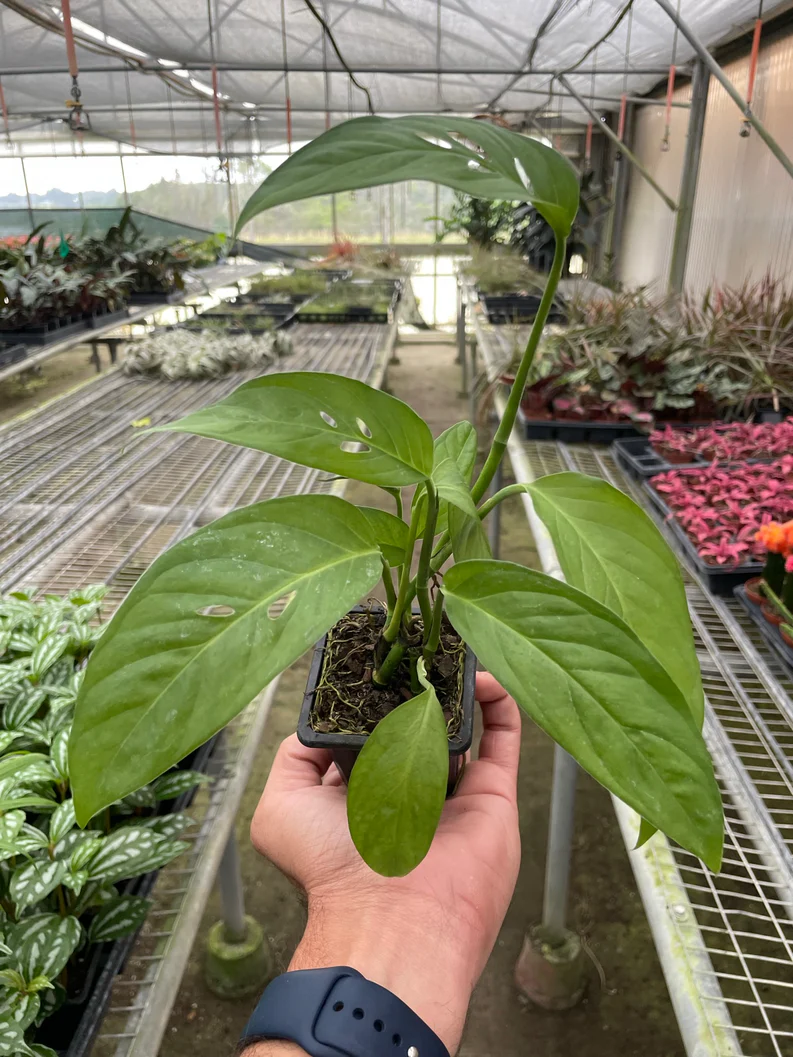If you’re looking to keep your Rattlesnake Plant happy and thriving, the soil mix you choose is way more important than you might think. Calathea Lancifolia is a bit of a diva when it comes to its growing conditions, and picking the right soil can make or break your success. From my years of wrangling tropical plants indoors, I’ve learned that a well-draining, moisture-retentive, and airy soil mix is the ticket. Let me walk you through the soil components and share some tips to keep those gorgeous leaves dancing.
Let me tell you about my soil adventures with Calathea Lancifolia
The Rattlesnake Plant isn’t just any houseplant; it’s a little tempermental and demands special treatment. Over the years, I’ve tried all sorts of soil mixes, from good ol’ garden dirt to fancy pre-mixes, and lemme say, not all soil is created equal for this beauty. It needs a balance of moisture and aeration that’s tricky to nail but totally worth it.
What makes the best soil mix for Calathea Lancifolia?
First off, the soil has to retain moisture without turning into a swamp. This plant's roots hate soggy feet, so good drainage is a must. But at the same time, it needs enough moisture to keep those striking patterned leaves looking fresh and vibrant. My go-to mix usually includes:
- A high-quality peat moss or coco coir base to hold moisture
- perlite or pumice to improve drainage and airflow
- A touch of organic compost for nutrients
This combo creates a light, fluffy soil that holds water but lets excess drain away quickly. If you skip the drainage part, you’ll be battling root rot before you know it.
Why not just use regular potting soil?
Regular potting soil can be a bit too dense and hold too much water, suffocating the roots. I’ve seen rattlesnake plants struggle with yellowing leaves and droopy stems when stuck in heavy soil. Adding perlite or pumice is a game changer, you basically give the roots some breathing room without drying them out. Also, adding some orchid bark can help mimic the plant’s natural environment a bit more, which is kinda fun to experiment with.
How to keep the soil happy once planted
Even the best soil can go bad if you don’t keep an eye on watering. Calathea Lancifolia needs consistently moist soil, but not soaked. I usually check the top inch of soil before watering – if it’s dry, time to hydrate. Using a moisture meter can save you from overwatering disasters.
Also, repotting every 1-2 years with fresh soil helps prevent compaction and nutrient depletion. Don’t forget to gently loosen the root ball before planting to encourage healthy growth.
A few soil mix variations I’ve tried
- For those who like a bit of a challenge, try mixing in some activated charcoal. It helps keep the soil fresh and prevents funky odors, especially in humid homes.
- Adding worm castings can give your rattlesnake plant a nutrient boost, but be careful not to overdo it; these plants prefer a delicate balance.
Wrapping up my soil saga
If you want your Calathea Lancifolia to thrive, investing time in the right soil mix is non-negotiable. It’s not rocket science, but it does need a bit of attention and care. Think airy, moist but not wet, and nutrient-rich without being heavy. And with that, your rattlesnake plant will reward you with those wild, beautiful leaves that make it a standout in any room.
Happy planting, and may your soil always be just right!

